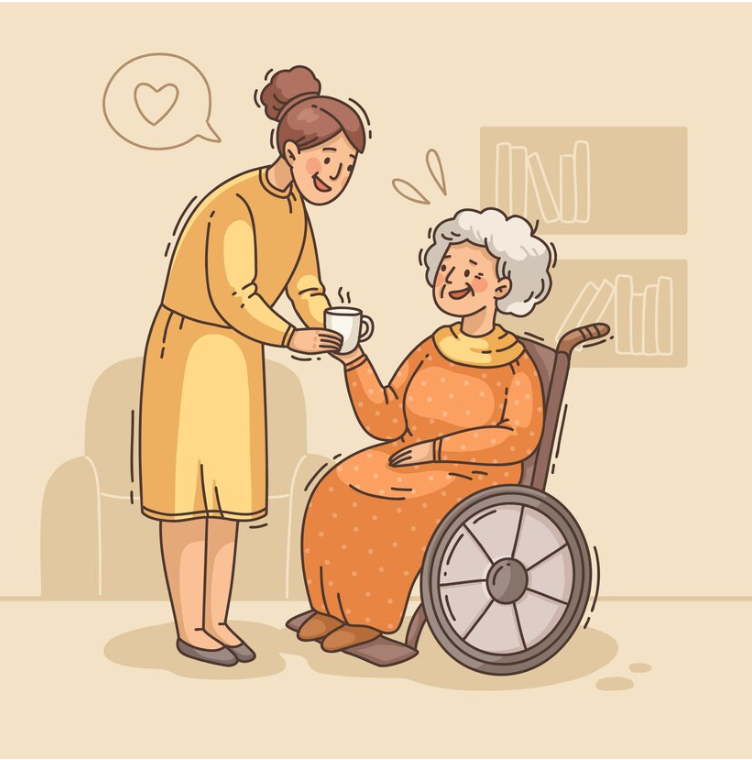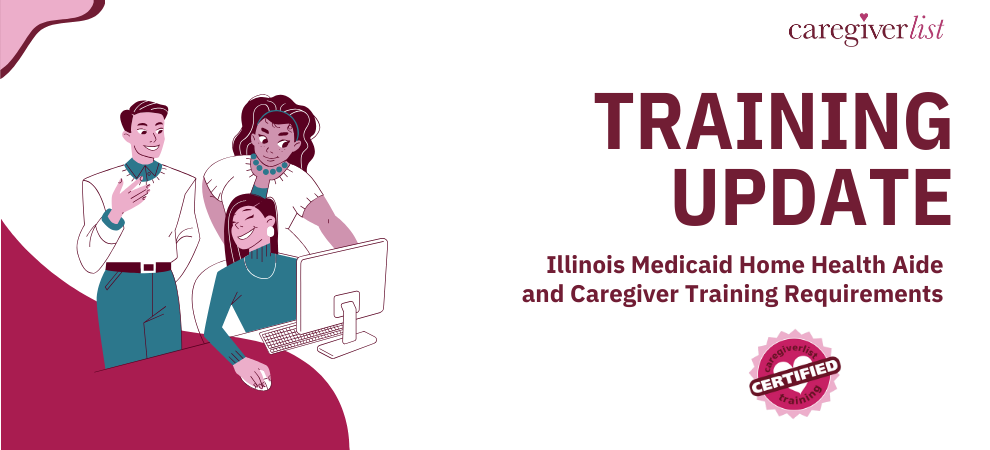Aging-in-Place: there’s no doubt about it—when given a choice of where to spend their waning years, the majority of Americans, nearly 90 percent, want to stay in their own homes as they grow old. However, that’s sometimes not possible. Although the Census Bureau reports the number of American nursing home residents decreased by 20% from 2000 to 2010, falling from 1.6 million to 1.3 million, the fact is that many elderly need care they cannot receive at home.
Nursing homes used to (and perhaps still do) have an attached stigma. I grew up on horror stories about neglect, theft, and all sorts of senior abuse running rampant in facilities. Grainy “hidden camera” news reports showed the horrific institutions where the elderly were left to die alone. While I am sure that those situations still unfortunately remain, I also know from first hand experience that top-notch, quality nursing homes do exist.
Modern skilled nursing homes provide safe and comprehensive care that might be difficult to receive at home. As our Elder Law Expert, Ben Neiberger asserts in Tip Nine of his 10 Elder Care Tips to Make Senior Care Easier, nursing home placement isn’t death sentence.
There are many factors that go into determining what makes for a great (or even good) nursing home. Caregiverlist’s® Nursing Home Star Ratings are calculated utilizing the nursing home’s overall Medicare Star Rating, percent of short-stay residents with bed sores, Certified Nursing Aide hours per resident per day, and percentage of long-term residents whose need for help with ADLs has increased.
Nursing home staff turnover is another factor that determines quality nursing home care. Direct care staff, registered nurses (RNs), licensed practical nurses (LPNs), and certified nursing assistants (C.N.A.s) have an immediate affect on the quality of life for nursing home residents. The longer a caregiver stays on the job, the more they know their patients and are better equipped to provide the continuity of care they need. If a nursing home’s staff turnover is high, the caliber of care may suffer.
The American Health Care Association (AHCA) conducts an annual survey to collect data on staff turnover, retention, and vacancy rates in nursing homes nationwide. The 2012 survey shows the median turnover rate in skilled nursing centers for RNs was 50.0%, LPNs was 36.4%, and C.N.A.s was a whopping 51.5%. High C.N.A. turnover increases the odds of a nursing home being cited for deficiencies by 54 percent, according to a 2014 study published in February by the Journal of American Medical Directors Association.
States are beginning to take notice of nursing home staffing concerns and are putting systems in place to help retain quality workers. In Iowa, the Public Health Department has developed an online Prepare to Care course for direct care workers and is collaborating with the Caregivers Association to help nursing home workers sign up for health benefits. Ohio has instituted a Long-Term Care Quality Initiative to help raise the bar for long-term care staff.
One (of four) of AHCA’s Quality Initiative goals, whose deadline is March 2015, is to reduce turnover of long-term direct care staff by 15 percent.
Here’s hoping they achieve those lofty goals, for the sake of nursing home staff and residents alike.







